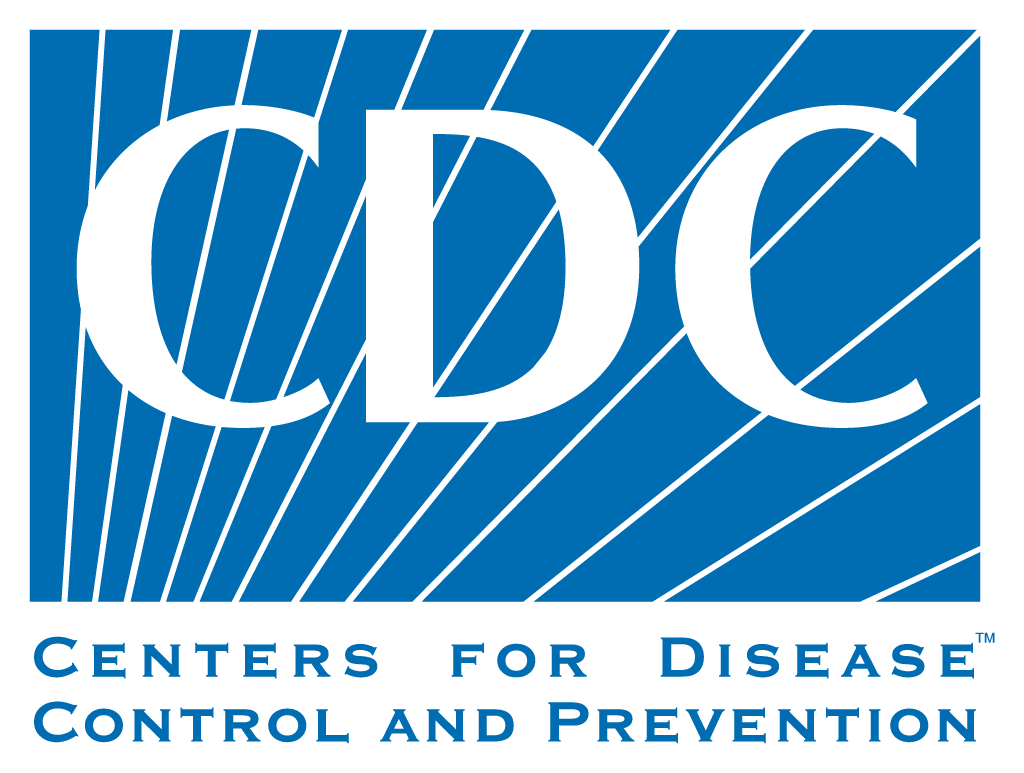Data from a CDC pilot project, published in the Journal of Developmental and Behavioral Pediatrics, suggest that progress has been made in identifying children with autism spectrum disorder (ASD) at younger ages. The earlier children are identified as having ASD, the sooner they can get the services they need to help them reach their full potential. Researchers used data from CDC’s Autism and Developmental Disabilities Monitoring (ADDM) Network to look at the number and characteristics of preschool-aged children with ASD in five communities across the United States. This information was compared to ADDM Network data on school-aged children with ASD in the same communities. Preschool-aged children identified with ASD were more likely to have intellectual disability1 than school-aged children with ASD in the same communities. In addition, although black and white preschool-aged children were about equally likely to be identified with ASD, black preschool-aged children with ASD were less likely than white preschool-aged children with ASD to be evaluated for developmental concerns by age three years. Although progress has been made in identifying children with ASD earlier, more tracking and research is needed to understand why certain groups of children are not being identified as early as others. Health professionals, childcare providers, and educators who work with preschool-aged children in these five communities and in communities across the country can use this new information to help ensure that all children with ASD are identified and connected to services as soon as possible.
Main Findings
- Based on tracking in five communities across the United States, we found that the estimated number of children with ASD varied by community, from 8.5 per 1,000 4-year-olds in an area of Missouri to 19.7 per 1,000 4-year-olds in an area of New Jersey.
- Fewer four-year old children were identified with ASD than eight-year-old in the five communities where CDC tracked ASD.
- This might be because, even though children can be diagnosed as early as age two years, previous CDC data show that many children with ASD are not diagnosed until after age four years.
- CDC plans to follow-up with these four-year-old children when they are eight years old to understand more about changes in the number and characteristics of children with ASD as they grow.
- Four-year-old children identified with ASD were more likely to have intellectual disability than eight-year-old children in the same communities identified with ASD.
- Among four-year-old children, girls and white children were more likely to receive their first comprehensive, developmental evaluation2 by age three years compared with boys and black children.
- Researchers looked at the earliest age at which children with ASD had a comprehensive, developmental evaluation.2 They compared the earliest age of evaluation for the four-year-old children (born in 2006) who were diagnosed with ASD by age four with the earliest age of evaluation for the 8-year-old children (born in 2002) who were also diagnosed with ASD by age four. About half of the four-year-old children had an evaluation by the time they were about two years and three months old while about half of the eight-year-old children had an evaluation by the time they were about two years and eight months old.
- This suggests that children born in 2006 received evaluations at younger ages than children born in 2002.
- The difference of five months is important because the earlier a child is evaluated, the earlier that child can receive a diagnosis of ASD and be connected to services.
About This Analysis and Early ADDM
This report presents data from a pilot project of the Autism and Developmental Disabilities Monitoring (ADDM) Network known as Early ADDM. Specifically, this report examined data collected from the health and education records of children who were four years old and living in communities in Arizona, Missouri, New Jersey, Utah, and Wisconsin in 2010. Based on the success of this pilot project, CDC has provided supplemental funding to six communities in Arizona, Colorado, Missouri, New Jersey, North Carolina, and Wisconsin to increase our understanding of the characteristics and early identification of younger children with ASD. A publication based on results from 2012, the second pilot year, is also on the horizon.
More Information
To learn more about the ADDM Network, please visit www.cdc.gov/ADDM
To access free resources for health professionals, childcare providers, and educators who work with preschool-aged children, please visit www.cdc.gov/ActEarly
Key Findings Reference
Christensen D, Bilder D, Zahorodny W, Pettygrove S, Durkin M, Fitzgerald R, Rice C, Kurzius-Spencer M, Baio J, Yeargin-Allsopp M. Prevalence and Characteristics of Autism Spectrum Disorder among 4-year-old Children in the Autism and Developmental Disabilities Monitoring Network. Journal of Developmental and Behavioral Pediatrics. 2015.
- Intellectual disability means that a person has difficulty learning at an expected level and functioning in daily life. In this report, intellectual disability was measured by intellectual quotient (IQ) tests.
- A comprehensive, developmental evaluation is a thorough review of how a child plays, learns, communicates, acts, and moves, and whether those characteristics have changed over time. A range of professionals can conduct developmental evaluations, including teachers, social workers, nurses, psychologists, doctors, and speech-language pathologists. The results of a developmental evaluation are often used by specialists, such as developmental pediatricians, to determine if a child has ASD.

